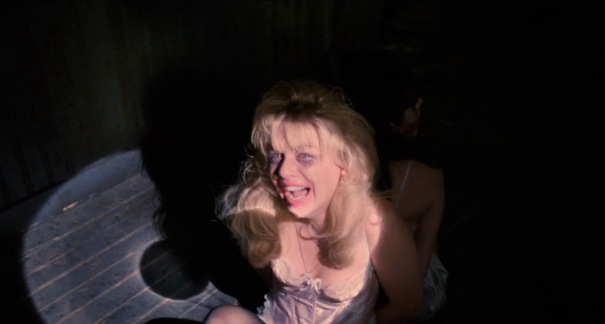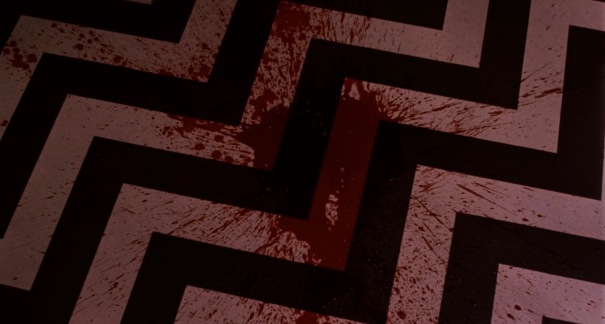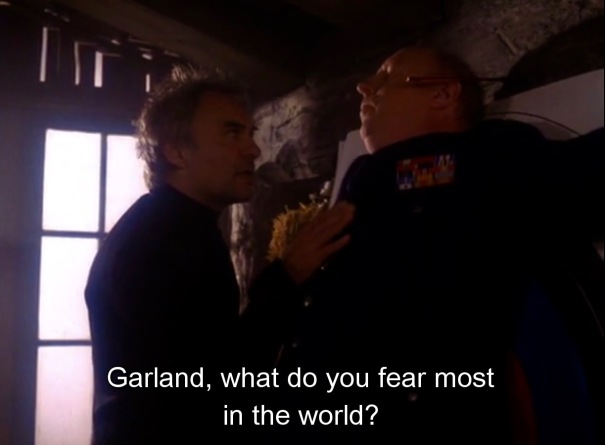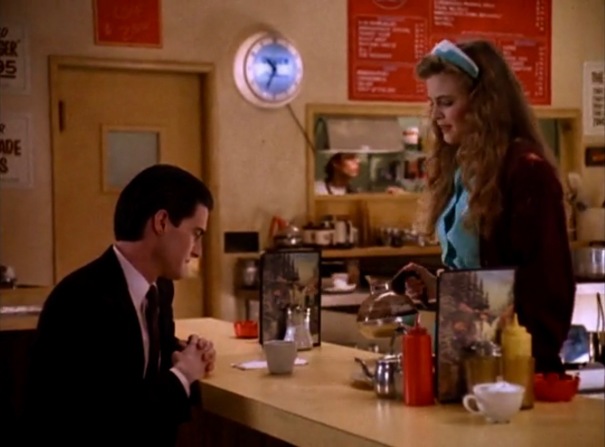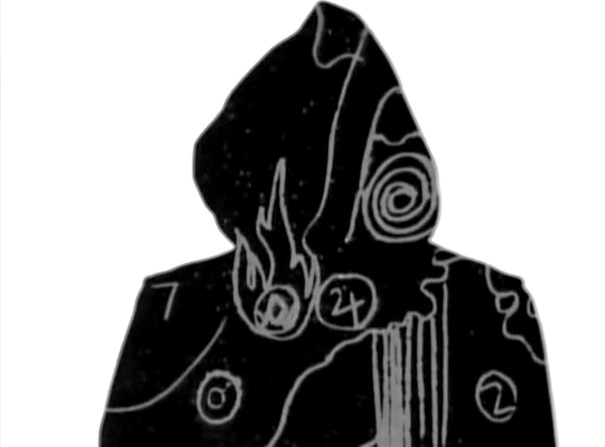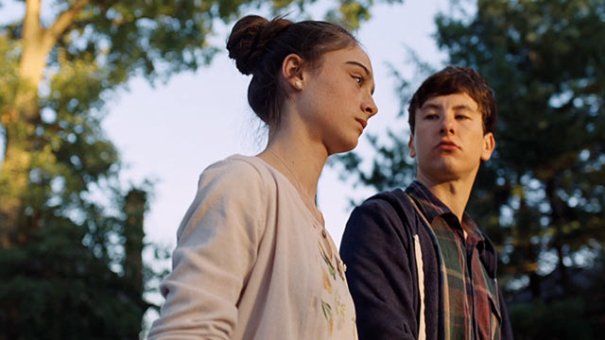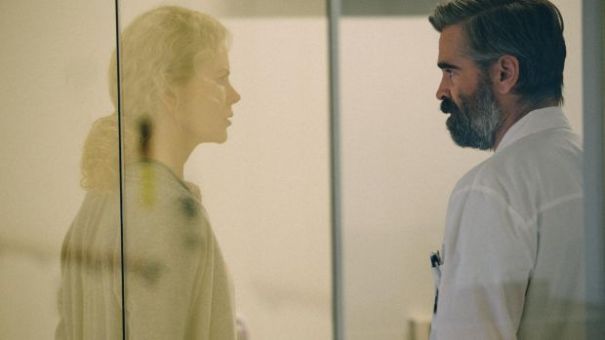
Carl Theodore Dreyer’s Le passion de Jean d’Arc is considered by many people to be the moment when cinema became a form of art, but it took a while to realize it. There was a much delayed positive academic reaction to the film that was a result of cinema being accepted, several decades later, through serious critique and eventually canonization, as an art worth examining. While cinema has achieved its heightened status over time, television has always been somewhat stuck in a rut. The idiot box, the mindless entertainment unit, where any space not taken up by sports and general news broadcasts, is reserved for cartoons to be watched by children after they’re done with their homework, laugh-track heavy sitcoms to fall asleep to, and background noise to accompany more productive activities. Even the shows which were deemed as culturally significant and of somewhat of higher quality such as All in the Family, M*A*S*H, or Seinfeld remained chained to an inescapable structural formula that all of their visual technique and narrative creativity had to abide by.
So, imagine my disbelief upon seeing a show like Twin Peaks. A show that goes so far beyond the pale of what one could have imagined being greenlighted by any network in 1990 let alone a milquetoast broadcaster like ABC. Imagine a show that even close to thirty years after its first episode aired, is more bold, revolutionary, and radically original than anything television has done in that time.
While the mysterious murder of small-town sweetheart Laura Palmer forms the emotional crux of David Lynch and Mark Frost’s Twin Peaks, much of the show’s first season concentrates heavily on world-building of a quaint town drenched in inconspicuous traditional American aesthetic. The frosted donuts, the sweet cherry pies, the hot cups o’ joe, the diners and roadhouses, the varsity jackets and motorcycles. These are the images that remain with the viewer long after each episode fades to black. Lynch and Frost’s original conception of the show was a sort of bait-and-switch for the audience and the show’s producers. The murder-mystery would be solely for the purpose of hooking the viewership in. The rest would be an examination of the strange and peculiar individuals residing within the town.
Laboring to understand the world that Lynch builds, especially in his films, is an arduous, and many times fruitless task. He doesn’t do us any favors here either, but the inclusion of FBI Agent Dale Cooper, assigned as the lead on Laura Palmer’s murder case, gives us a cipher to discover the world of Twin Peaks. We learn about the town just as he does, and his occasional tape-recording of interactions and observations as messages to an unknown person named “Diane” is a rope Lynch throws to us every once in a while so we can find our way out of the narrative abyss. But there are no easy answers, and the tension consistently builds without letting any real clues lead to tangible results. The conversations are circular, repetitive, the characters frustrating in their non-sequiturs and cryptic non-answers, and the town as a whole, lightly vibrating with a mystic energy that is only hinted at in the first season through a few terrifying images.
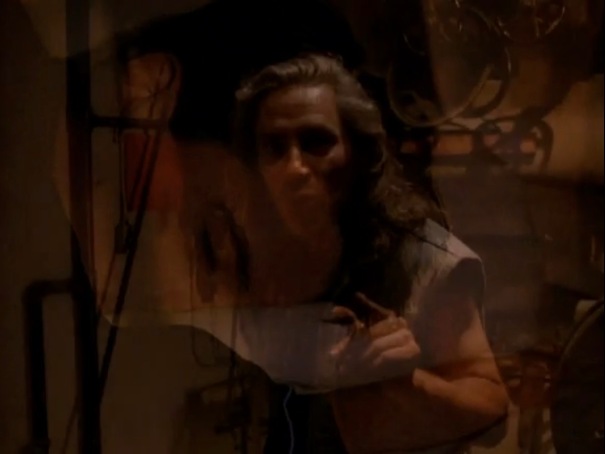
The strangeness of the show’s aesthetic, however offputting it may be, is never there for the sake of it. Unlike Lynch’s more unrestrained projects Inland Empire and Lost Highway, Twin Peaks’ surrealism is still tied to a narrative. Lynch, a master of toying with audience expectations, strings many future moments back to events that at first seem disturbing in their jarring shifts in tone. One of the most memorable is the Log Lady, who’s on-screen introduction is one of the funniest moments in the show (Agent Cooper asks Sherrif Truman “who’s that lady with the log”… Truman plainly responds “oh, that’s the Log Lady”). It’s not until later that we start to really witness her importance to Cooper’s investigation and the meaning of her vague and puzzling stories. Cooper himself encounters weird dreams, of a short dancing man, Laura Palmer herself, an empty room backdropped by a red curtain, and a terrifying psycho with long gray hair who comes and goes in nightmares around the town.
The show’s distinct mix of soap opera melodrama and abject horror is what sets it apart from almost anything else on mainstream television. It’s an unconventional and un-subtle style that Lynch first used to full effect in his 1986 landmark thriller Blue Velvet and then made a signature in much of his later works like Lost Highway and Mulholland Drive. The outlandish love-triangles between high school students and awkward comedic hijinks highlight the less savory parts of what constitutes TV culture in the U.S. but they’re juxtaposed next to some of the most artistically radical directorial choices, creating a vision of hokey Americana seen through a trippy post-modern lens. It allows the show to play as an art piece as much as a gripping mystery.
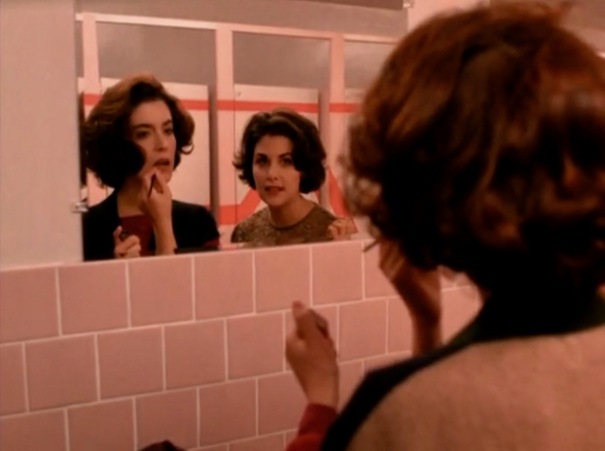
Twin Peaks merits as a work of art lies in the way it transforms images and innovates structurally. There are so many visual techniques utilized in the show (the crossfades, intercutting, obscured shadows, blurred images, sharp zooms) that were, at the time, considered highly inappropriate outside of indie cinema halls. The pushing of the boundaries was also not eased into. Lynch unleashed the cinematic tricks he cut his teeth with straight from the Pilot episode (later titled Northwest Passage), which is the single greatest episode of TV I’ve ever seen. The ending sequence of the Pilot, a terrifying nightmare of disjointed images and sounds that Laura’s mother experiences, is in itself probably the most radical TV has ever been up until that point (and arguably up until today, even). Two hours long, the episode can be considered a TV Movie, and a work of cinematic art that was much respected by audiences and provided damning evidence that network executives had heavily underestimated their viewership’s openness to experimentation and challenging material. They didn’t take the hint though.
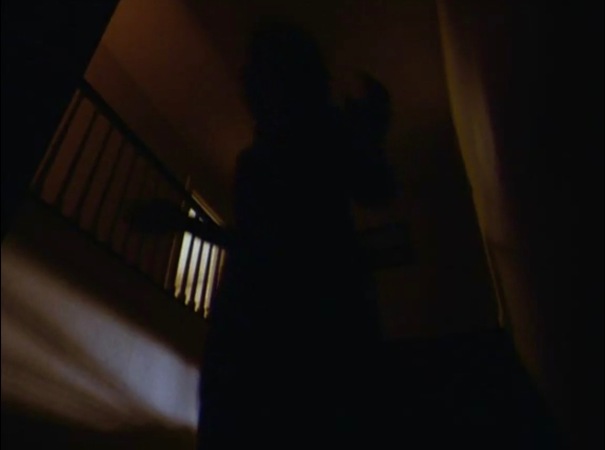
The episode is also a brilliant foreshadowing of how much more complex and intricate Lynch attempts to build the mythos of Laura Palmer, and her existence in Twin Peaks. The character serves as a direct opposite figure to Dale Cooper in the first season, and while Dale’s discovery of the town is our guiding spirit to the same, his investigation into who Laura Palmer really was is Lynch’s own journey to discover his character. Lynch sets up Laura as an all-American Homecoming queen, a winner of the Miss Twin Peaks pageant, trophy girlfriend of the star football player at her high school, from a good family. Even the ending credits of the show scroll on a framed picture of Laura, hair glowing, eyes bright, immortalized. The following episodes, after the Pilot, systematically knocker her down notch by notch. That she was far from angelic in her last moments and instead was ultimately taken by an obsession with the demonic. She recites strange messages like “fire walk with me” and “do you want to get to know Bob?” The nightmare her mother experiences at the end of the Pilot might be connected to something.

The first season, only 7 episodes, builds a town that includes all of Lynch’s favorite themes. Backstabbing and conniving soap opera melodrama with a twist at every turn. Teenagers in intimate conversations over their world which has suddenly become unpredictable and dangerous. Incredible evil caused by men who seek nothing but the destruction of others for their own selfish gains. Love. Fear. Lynch decried the trend of movies and TV being completely straightforward and understandable. He believed that works of visual art should be comprised purely of feeling, and those feelings should illicit something inside the viewer. His beliefs of what the visual medium should be guided the creation of the most brilliant television show in American history. A show both a representation as much as a reflection of us as people. Every moment of Season 1 carries us through pure feeling. It’s a surreal dream, anomalous to everything that existed before it. For the first time, television became art. But we are just now realizing it.

